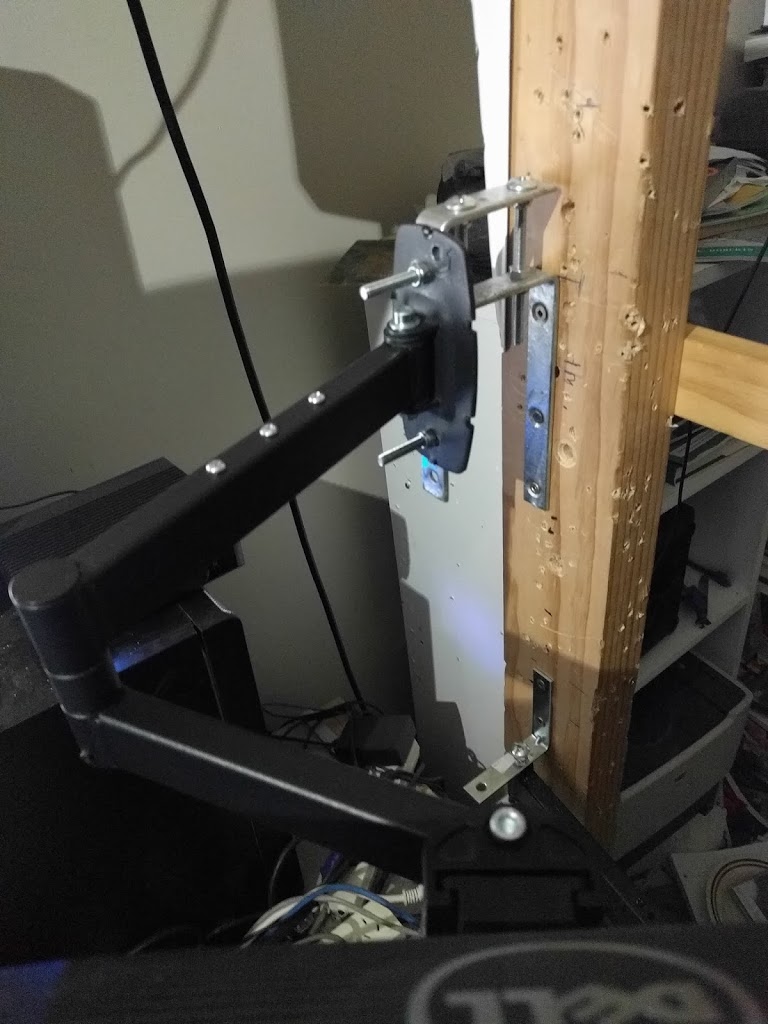This is the third article in a series about problems with KDE leading to a reinstallation with LXQt. Both running on top of Debian 10.
The computer concerned is running two NICs because it needs to access both networks that I have here. I have the main one based on a corporate wireless link from next door, which is filtered and throttled, and a second networtk based on a Skinny cellular broadband network modem, which is not filtered or throttled, although speed is moot since there are limitations inherent with 4G cellular data. The Skinny modem is connected to the local devices through a Ubiquiti AirRouter, which includes a DHCP server and network switch. It also provides the wireless network for phones or tablets. The capabilities of the AirRouter are much better than those built into the Huawei Skinny modem for internal networks and that is why I am using it.
There are some issues with LXQt mainly in panels but apart from that the reinstallation of software has gone well on the platform. One issue with this computer in general is that it needs more installed RAM and I am planning to address that in the next week or two, since I need it to be able to run a virtual machine at the same time as the range of stuff I normally use it for. One issue was reinstalling Gimp, I had difficulty in working out where Gimp keeps its config data as I wanted to copy over the config from my existing computer. It turns out that Gimp uses ~/.config/Gimp as a path, but apparently it also used a Flatpak specific path in ~/.var/ to store some data and there is considerable confusion over why it maintains these two paths especially as the user interface of the Preferences dialog doesn’t actually point to the ~/.config path when it appears it should.
One of the interesting experiments this week has been to work with the mounting arms that I use to hold some displays. I have used Brateck wall mount arms with VESA adapters on them for this for some years. The key has been to modify these to allow fine control of the height so that when displays are stacked vertically, it is easy to put them close together.
This photo shows how the attachment of the arm to the “wall” (in this case a vertical post attached to the desk) has been modified to allow its height to be adjustable. This is done with two right angle brackets which are bolted together using 80 mm length M6 gutter bolts, which gives theoretically an adjustment range of 80 mm.
I have to work around issues with the backup system from one of my computers at the moment. rynsc has not been able to connect over the network between the computers and running the backup locally on a computer seems to be the way to go at the moment.

